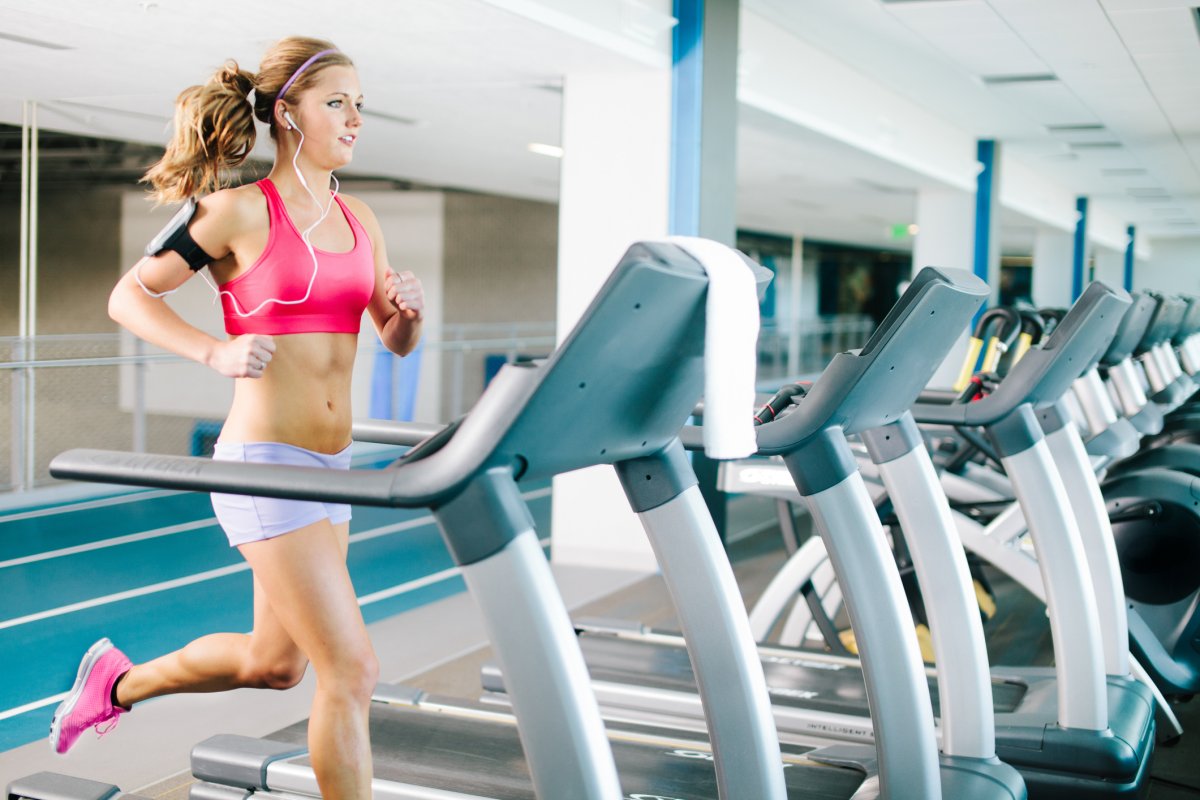Every year, people make their New Year’s resolutions, and one of the more popular resolutions that always seems to top the list is getting fit.

Despite their efforts throughout the next few months, however, some are left disappointed when they don’t see the results they had hoped for.
READ MORE: 8 reasons why weight training is incredible for your health
“People are gung-ho on Jan. 1 and tend to burn out by February, with around 80 per cent of people dropping their resolutions for keeping fit and losing weight,” said Amanda Thebe, personal trainer and founder of Fit & Chips. “This is usually due to over-extending themselves and doing too much too soon, instead of look at small changes that have a big impact on improving their lifestyle.”
“Perfection doesn’t exist,” personal trainer and owner of SVPT Fitness & Athletics, Shara Vigeant, says. “And trying to be perfect all the time is exhausting. Remember, fitness and exercise should add to your life, not take away.”
But with so many different recommendations and suggestions out there telling people how much they should be exercising – never one answer the same – it’s tough to know what exactly it is you need and how much you need of it in order to reach your fitness goals.
- Canadian man dies during Texas Ironman event. His widow wants answers as to why
- ‘Sciatica was gone’: hospital performs robot-assisted spinal surgery in Canadian first
- Canadians more likely to eat food past best-before date. What are the risks?
- Treatment from female doctors leads to lower death rates, study finds
The Public Health Agency of Canada and the Canadian Society for Exercise Physiology both recommend adults ages 18 to 64 get at least 150 minutes (or 2.5 hours) of moderate- to vigorous-intensity aerobic physical activity per week in bouts of 10 minutes or more. Activities that target your muscles and bones should also be done at least two days per week.
(Moderate aerobic activity, as defined by the Public Health Agency of Canada, is an activity that makes you breathe harder and your heart beat faster. You should be able to talk but not sing. Examples include walking quickly and skating. Vigorous aerobic activity makes your heart rate increase slightly more to the point where you can’t say more than a few words without needing to catch your breath. Examples include running and cross-country skiing.)
However, researchers at the University Hospital of Toulouse in France believe these standards (which are shared in several western countries including the World Health Organization) are unrealistic.
According to the university’s study, the guidelines are set far too high to get people motivated, especially those who need the exercise the most. While the goal itself is great overall and comes with benefits of reducing the risk of all kinds of diseases and death, it should also be stressed that lesser goals also provide great health benefits.
Yet, when it comes to physical activity and the benefits people get from it, everybody is different, Thebe says.
“Everybody is unique so how they respond to exercise will depend on many factors including age, gender, genetics and current physical fitness,” she says. “In general, if somebody wants to exercise to stay healthy, choosing an activity that challenges their aerobic capacity and also allows them to build lean muscle – which not only supports their body but also will help with boosting their metabolism – would be my advice for both men and women.”
An assessment by a professional will help to further narrow down your plan of action, Vigeant advises, which will give you the maximum benefits. Usually, this comes in the form of a physical assessment to check for biomechanics, she says, and then also goals, needs and lifestyle.
“Often, people approach fitness with a one-size-fits-all mentality, and that is why it fails for them,” she says. “What works for one person may not work for you.”
And if a regiment is not tailored to your needs and capabilities, it can often lead to injuries, Vigeant adds.
READ MORE: How to get back into an exercise routine in 2018
If losing weight is the primary goal, Thebe says exercising three to four times a week for around 20 to 30 minutes each time is both realistic and attainable. This, of course, involves daily movement and a nutrition plan.
“My strategy for clients is for them to work in high heart-rate zones, using metabolic resistance training which loads the body with weights,” Thebe explains. “This method helps to build not just work capacity, but strength and power as well.”
But in order to stick to your goals, you’ll need to plan well, Thebe says.
“I advise my clients to create a schedule with dedicated time to work out, and by making their workouts only 30 minutes, this can easily be achieved,” she says. “We have 168 hours in a week and I am asking them to dedicate just two hours to work out. By scheduling exercise into their day and not just fitting in a workout when they can, they are likely to stick to the plan. This is an investment of time into their body and should be given priority.”
Not sure which exercises to start with? Thebe says she often likes to include four in a metabolic workout: the kettlebell swing, push-ups, Ultimate Sandbag clean and press and TRX suspended jackknife.
For Vigeant, she says her five go-to moves for everyone should include squats, hip hinges, pushing, pulling and loaded carries.
Not sure what some of these exercises are? Check out the videos below.
Kettlebell swing
The Ultimate Sandbag clean and press
TRX suspended jackknife
Hip hinges
















Comments